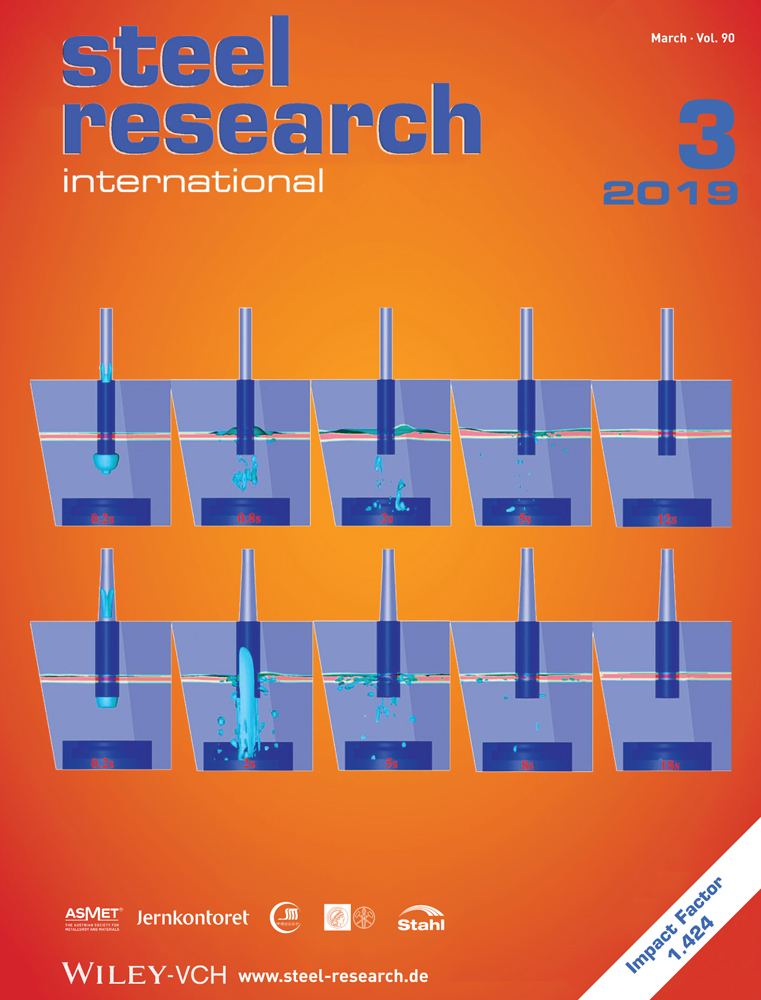Transformation Behavior and Properties of Carbide-Free Bainite Steels with Different Si Contents
Abstract
The bainite transformation behavior and properties of low carbon carbide-free bainitic steels containing different silicon (Si) contents are investigated by two different types of heat treatment processes: isothermal transformation process (ITP) and continuous cooling process (CCP). The results indicate that for ITP and CCP, the transformation kinetics of bainite is retarded and the final bainite amount decreases with increasing Si content. However, both the strength and total elongation improve with the increase of Si content in the range of 1.0–2.0 wt%, resulting in an apparent increment in comprehensive property of bainitic steels due to the more film-like RA and less carbides. It can be attributed to the increase of shear strength and stability of undercooled austenite and the formation of Cottrell atmosphere, as well as the solid solution strengthening of Si because of higher Si content. In addition, for the same samples, better mechanical properties can be achieved by a lower austempering temperature. Moreover, the increase of Si content resulted in an increase in the temperatures of Ac1 and Ac3.
Conflict of Interest
The authors declare no conflict of interest.




